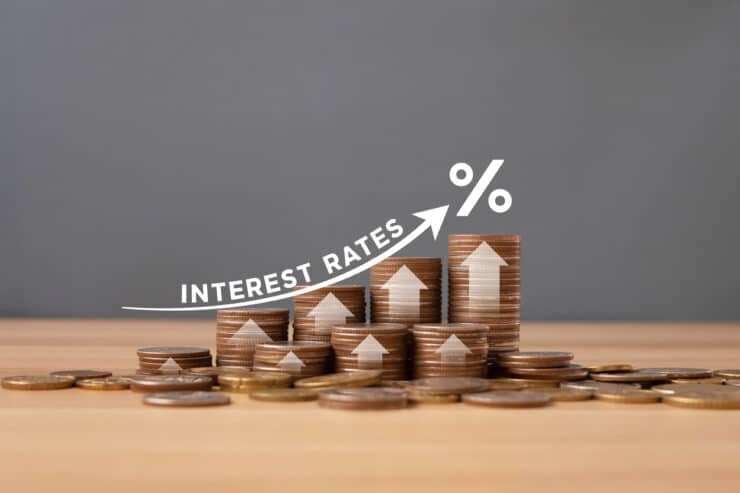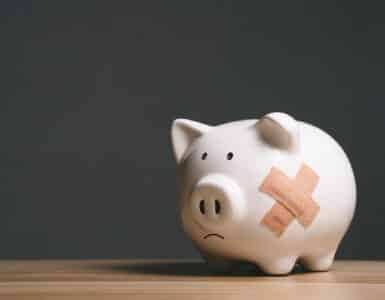The Federal Reserve has raised interest rates three times this year. The Fed funds rate is now between 5 and 5.25 percent, the highest it has been since 2007. And because some experts are expecting perhaps one more hike this year (although the jury is still out), it’s a good idea to know what that increase could mean for you. Here are some things to watch out for.
Loan Rates
The interest on adjustable-rate loans — like auto loans and personal loans — will go up. That means you’ll be paying more each month, which can be tough to stomach. It might be worth it to either pay off your variable rate loan quicker or even look into converting it to a fixed rate if possible.
Credit Cards
The interest on credit cards will also increase. That’s not good news, as the current average interest rate on credit cards sits at 24 percent. Again, try to get ahead of this possible Fed hike by paying down your debt as quickly as possible.
Credit Score
Speaking of credit cards, one potential fallout of the rates rising is that you could miss payments or get deeper into debt. If that happens, your credit score can suffer. Do what you can to make sure you are paying off your full balances every month.
Savings Accounts
One of the potential bright spots of a Fed rate hike is that it often results in banks increasing the interest applied to savings accounts. We say “potential” because banks don’t always raise their rates when the Fed does. Make sure you’ve shopped around for the best rates on your savings.
Do One Thing: Keep up with credit card payments so that if the Fed does increase rates, you won’t feel the repercussions as badly.






